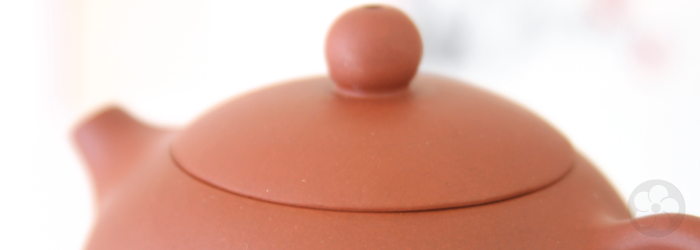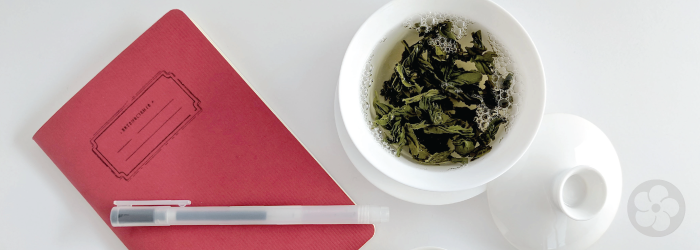How To Pair Snacks for Tea Tasting
For most Chinese tea drinkers, tea is an all-day affair, served alongside meals, but also between them. In the more ceremonial customs of Japan, or even the ritual of afternoon tea developed in England, strong teas are paired with small snacks, which serve to complement flavor while mitigating bitterness and astringency.
Today, with the plethora of teas that are available to taste, those who love tea may find themselves undertaking marathon tasting sessions, which practically require a snack of some sort, if only to calm the effects of excess caffeine. But pairing snacks can go beyond necessity and truly enhance the tasting experience, given a little bit of consideration. Here are a few things to keep in mind when selecting snacks to accompany any tea tasting.
Continue reading










